MathWorld Headline News
Springer Publishes The Mathematica GuideBooks
By Eric W. Weisstein and Ed Pegg, Jr.
October 18, 2005--After a nearly 15-year wait, the complete 4-volume set of Michael Trott's definitive Mathematica GuideBooks is now available. This news story presents a small sampling of the stunning images, visualizations, and mathematical computations contained in these books, together with a short description of how they came to be.
Trott's massive 5029-page four-volume treatise discusses the fundamentals of Mathematica programming, and provides numerous examples of Mathematica for programming, graphics, numerics, and symbolics. In addition to the core commentary, more than 1000 exercises are provided, with detailed Mathematica solutions. The topics range from fractal tilings and detailed discussions of Riemann surfaces to construction of crossword puzzles and quantum mechanical calculations. Each of the books comes with a DVD containing fully evaluated Mathematica notebooks with all text and Mathematica code, results, color graphics, and animations. The entire contents of the four books and their complete supporting references are thoroughly indexed and fully searchable.
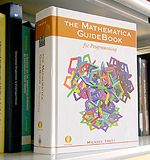 |
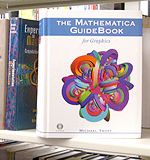 |
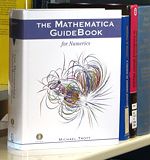 |
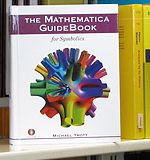 |
The GuideBooks had their beginnings in 1991 when physicist Michael Trott began developing a series of lectures at the University of Ilmenau in Germany devoted to the use of Mathematica (then at Version 2) to solve problems in physics. By the time Michael's three-semester lecture series was complete, his "lecture notes" had swelled into a massive 1600-page manuscript.
After sending a copy of his extensive and fascinating course material to Wolfram Research founder Stephen Wolfram, Michael was invited to join the Research and Development group at Wolfram Research. At the same time, he signed a contract with Springer-Verlag New York to publish his materials as a book.
Little did Michael expect that the adventure of seeing his books published would occupy the next 15 years of his life, during which time he would become one of the world's foremost Mathematica programmers. As time progressed without Springer publishing the manuscript, Versions 3, 4, and 5 of Mathematica came and went, and Michael took advantage of the program's new capabilities to push the limits of what could be calculated, visualized, and investigated. For example, Mathematica Version 3 added typesetting, Version 4 added a slew of powerful symbolic mathematics, and Version 5 added many state-of-the-art numerics capabilities.
Over this period, the original manuscript grew into two, three, and eventually four books--each more than 1000 pages--that separately dealt with Programming, Graphics, Numerics, and Symbolics in Mathematica. Finally, early this October, Springer published the Numerics and Symbolics GuideBooks, thus completing the set of four together with the Programming and Graphics GuideBooks published last year.
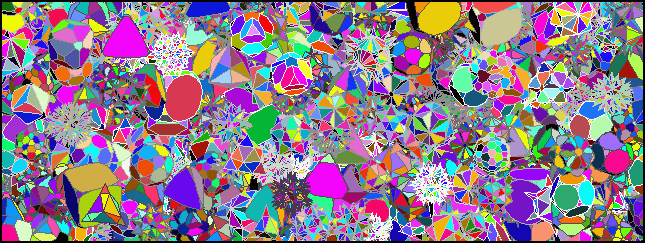 |
The Mathematica GuideBook for Programming, published in 2004, provides a comprehensive, step-by-step development of Mathematica's programming capabilities and contains an enormous collection of examples and worked exercises.
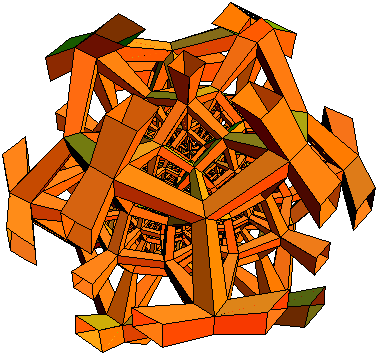 |
The Mathematica GuideBook for Graphics, also published in 2004, provides the same on how to use Mathematica to visualize functions and data, manipulate graphics, and optimize their appearance. Two-dimensional graphics, contour plots, plots of surfaces, free-form three-dimensional surfaces, and animations are the core topics.
 |
The Mathematica GuideBook for Numerics, published in October 2005 (readers should ignore the 2006 date claimed by the publisher) concentrates on Mathematica's numerical mathematics capabilities. The available types of arithmetic (machine, high-precision, and interval) are introduced, discussed, and put to use. Fundamental numerical operations, such as compiling programs, Fourier transforms, minimization, numerical solution of equations, ordinary and partial differential equations, are analyzed in detail and are applied to a large number of examples in the main text and in the solutions to the exercises. Exact arithmetic of integers and rational numbers and their applications in number theoretic functions are discussed.
 |
The Mathematica GuideBook for Symbolics, published in October 2005, deals with Mathematica's symbolic mathematical capabilities. Structural and mathematical operations on single and systems of polynomials are fundamental to many symbolic calculations and are covered in considerable detail. The solution of equations and differential equations, as well as the classical calculus operations (differentiation, integration, summation, series expansion, limits) are exhaustively treated. Generalized functions and their uses are discussed. In addition, this volume discusses and employs the classical orthogonal polynomials and special functions of mathematical physics. To demonstrate the symbolic mathematics power, a large variety of problems from mathematics and physics are discussed.
Described as a unique tour de force by prominent mathematicians, physicists, and visualization experts, the GuideBooks deal with educational, current research, and recreational problems from mathematics, computer science, computer graphics, and physics. Many readers particularly praise the unique and intriguing problems selected, as well as the elegance and creativity of the solutions.
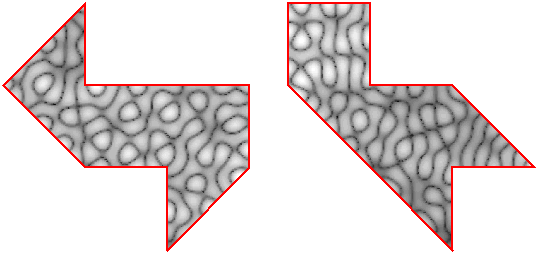 |
The GuideBooks website at mathematicaguidebooks.org contains a detailed table of contents, sample chapters, a full index, and considerable additional material. The additional material alone contains 50 detailed notebooks. Errata and corrections are also available at the site.
The files of all books together comprise several gigabytes of material. With more than 5000 graphics, 25000 commented Mathematica inputs, and 11000 references (all fully hyperlinked), the four Mathematica GuideBooks are a unique set of books and a unique resource to Mathematica users as well as a showcase of what mathematical and technical computing can do.
The Mathematica GuideBooks are true mathematical gems. Overflowing with beautiful results, extensive literature references, and stunning graphics, these books provide a fascinating glimpse into the power of computational mathematics. Michael Trott's expert knowledge of the Mathematica programming language make these books an indispensable reference to both novice and experienced Mathematica programmers, and his encyclopedic knowledge of math, physics, and the literature make these books a mathematical tour de force. The authors have no doubt that the GuideBooks will rapidly become among the most treasured books in the libraries of students, researchers, and math enthusiasts alike.
ReferencesTrott, M. The Mathematica GuideBook for Programming. New York: Springer-Verlag, 2004.
Trott, M. The Mathematica GuideBook for Graphics. New York: Springer-Verlag, 2004.
Trott, M. The Mathematica GuideBook for Numerics. New York: Springer-Verlag, 2006.
Trott, M. The Mathematica GuideBook for Symbolics. New York: Springer-Verlag, 2006.
Trott, M. "Photos of and Information About Michael Trott, Author of The Mathematica Guidebooks." http://www.mathematicaguidebooks.org/aboutauthor.shtml
Trott, M. "Reviewer Comments and Opinions About The Mathematica GuideBooks by Michael Trott." http://www.mathematicaguidebooks.org/opinions.shtml